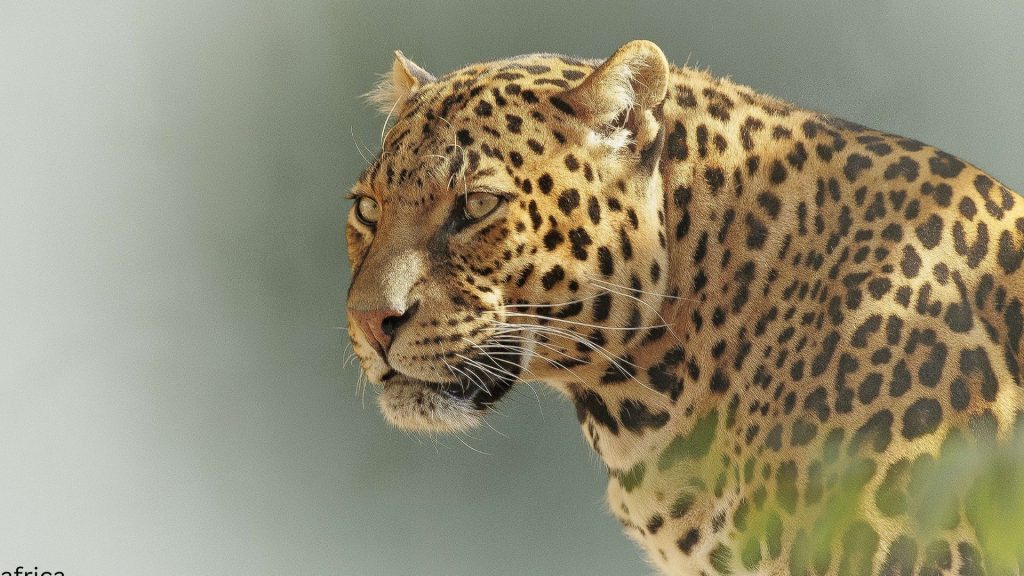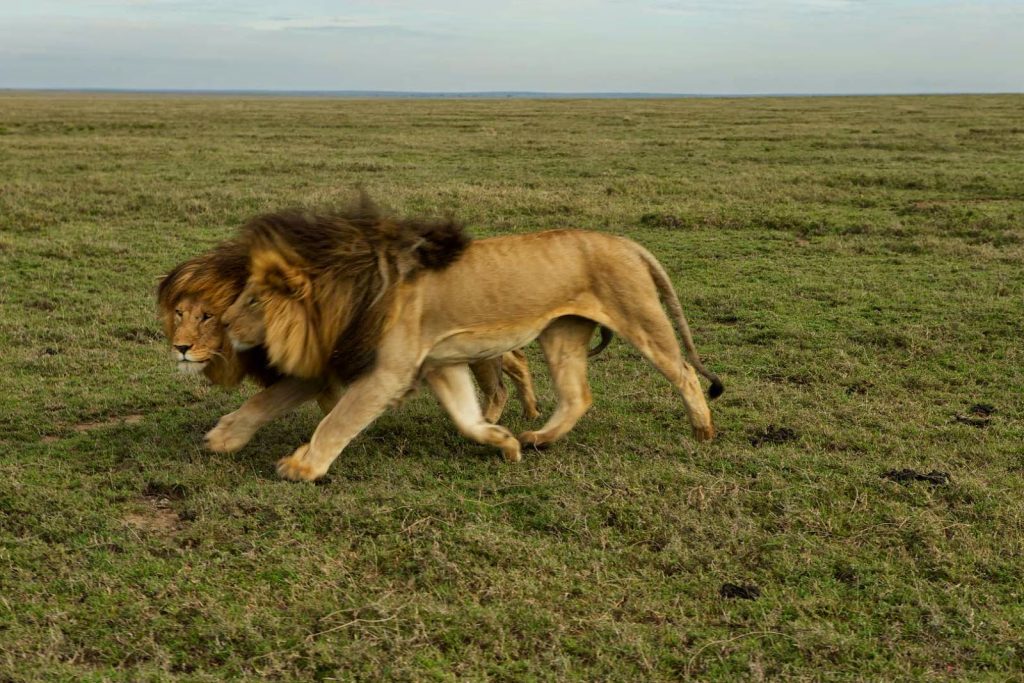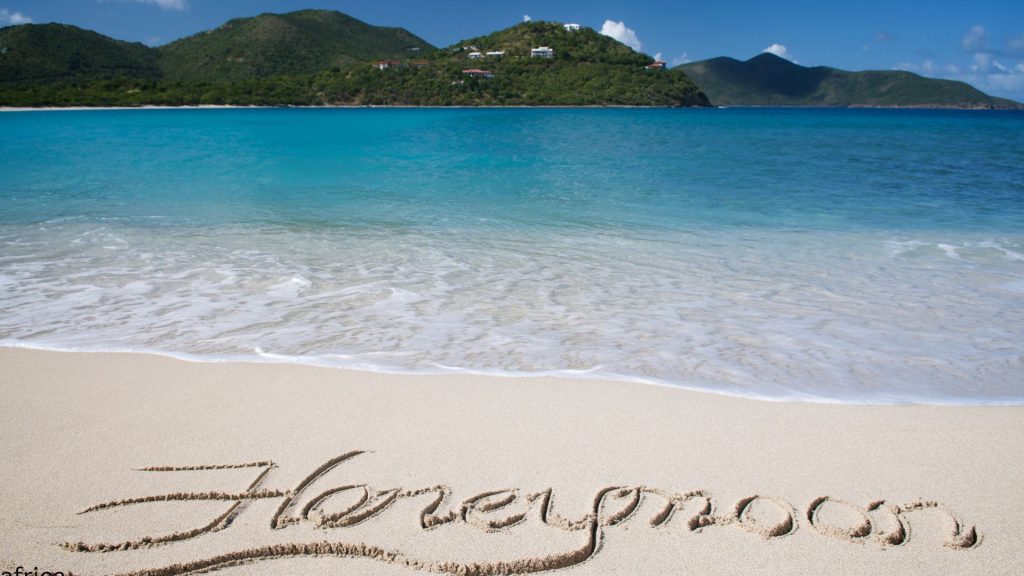Kigosi National Park
Kigosi has established a National Park in 2019. It is 8265 km² in the area and is part of the Moyowosi / Malagarasi wetlands complex which is the largest in East Africa. In fact, it is part of a vast shallow basin drained by 7 slow-moving rivers, the Malagarasi, Moyowosi, Nikonga, Ugalla, Kigosi, Nikonga, and Gombe (not to be confused with Gombe Stream where the chimps live) that wind sinuous paths through an immense and complicated network of swamps, plains lakes, and woodlands. These rivers eventually join up into the Malagarasi River which empties into Lake Tanganyika at Ilagala. The whole system is more than 92,000 sq. km. in the area which makes it larger than the whole of Portugal! It has been estimated that it supplies almost 30% of Lake Tanganyika’s freshwater. The whole area has been designated a wetland of international importance (Ramsar site).
Location
Kigosi National Park is in the northeast of the complex, where shallow undulating Miombo woodlands are drained by the Nikonga River as it joins the complexities of the Moyowosi wetlands. This is all challenging terrain and has ensured that large parts have hardly ever been visited or explored, and Africa is endowed with an extravagant quantity and quality of wildlife. It is home to Africa’s largest populations of that rare and somewhat sinister stork, the shoebill, as well as the tall and elegant wattled crane. There are huge flocks of pygmy geese (probably Africa’s largest). The Moyowosi wetlands also have Africa’s largest populations of Cape clawless otters. Big game abounds – Lion, leopard, buffalo, crocodile, topi, Lichtenstein’s hartebeest, sitatunga, warthog, baboon, zebra, sable, roan, eland, bushbuck, oribi, common and Bohor reedbuck, hyena, hippo, and Defassa waterbuck. The terrain is fascinating. Miombo woodlands fringe grassy flood plains dotted with palm trees that surround huge lakes and swamps, many of which carry floating palm and papyrus islands. The water is gin clear. Many of the lion prides here have learned to chase buffalo into shallow swamps and to kill them by drowning before dragging them out to dismember and eat.
Size
Tanzania’s private and protected Kigosi Game Reserve encompasses 8,265 square kilometers of Miombo woodland dotted with open plains and fascinating rocky outcrops. The Moyowosi River divides Kigosi from its neighbor, the Moyowosi Game Reserve.
The twisting and turning tributaries of the Moyowosi River are responsible for exquisite riverine valleys, fresh springs, and waterholes. The swampy terrain is more evident in the south of the reserve, while the drier woodlands dominate the northern part.
This type of environment is the perfect habitat for rare water-loving birds such as the shoebill stork, wattled crane, and Pel’s fishing owl. Kigosi houses Tanzania’s biggest wetland and floodplain ecosystem, a perfect environment for abundant wildlife.
Although not a well-documented destination, Kigosi has certainly earned its place on the map. The reserve is located within the Kigoma Region and is accessible by road and air. The closest international airport is in Dar es Salaam, which offers commercial flights to Mwanza on Lake Victoria or Kigoma.

Wildlife Wildlife
Tanzania’s western sector is known for its lion populations—and Kigosi National Park is no different. In addition to lions, Big Game dwells deep in the Miombo woodlands. There are noticeable numbers of buffalo, sable, roan, kudu, leopard, and topi.
In the swampy south, sightings of sitatunga, the coy water-loving antelope. This is one of the largest protected sectors in East Africa for the sitatunga. The waterlogged regions also provide the perfect habitat for waterbuck, hippos, and crocodiles.
The swamps are also the perfect habitat for rare water birds that include—but are not limited to—shoebills, wattled cranes, and the great snipe
Best Time To Visit
The dry season, from June to September, is the best time of year to visit. The roads are clear and less muddy, and the thickets thin out, making it easier to spot wildlife. February and November are the heavy rainfall months, making the area quite swampy and flooded, especially in the south of the park.
Things to do at kigosi game reserve
Activities are game viewing by vehicle in the woodlands and plains, while the lakes and swamps are best enjoyed in shallow-draft inflatables and punt-style boats. Walking safaris are also possible.
Safari Available
Kigosi National Park is relatively unheard of when it comes to commercial tourism. It’s one of those unchartered destinations only known for its sustainable tourism. The reserve has now shifted its focus to tourism and offers private guided photographic safaris in one of Tanzania’s most untapped regions.
Visitors will need permits to access the reserve, and getting there is an expedition alone. Safari—goers who are privy to the wonders of Kigosi charter private planes to the area.
There are 4WD routes and trails through the reserve, which make for an exciting self-drive experience. Nothing truly is better than navigating previously uncharted territory in search of lifers, big game, and wild landscape vistas.
Accommodation
There are no accommodation options within the reserve. Camping is recommended, but visitors need permission to camp there. Visitors can stay in typical safari lodges and tented accommodations on the park’s outskirts or in basic A-frame tents in the adjoining Moyowosi Game Reserve.



